Looking for a long hinge lever microswitch
I started off this project by looking at what long-lever microswitches were available, and I only found 1 listing of the large variety that had NO and COM on the short edge.
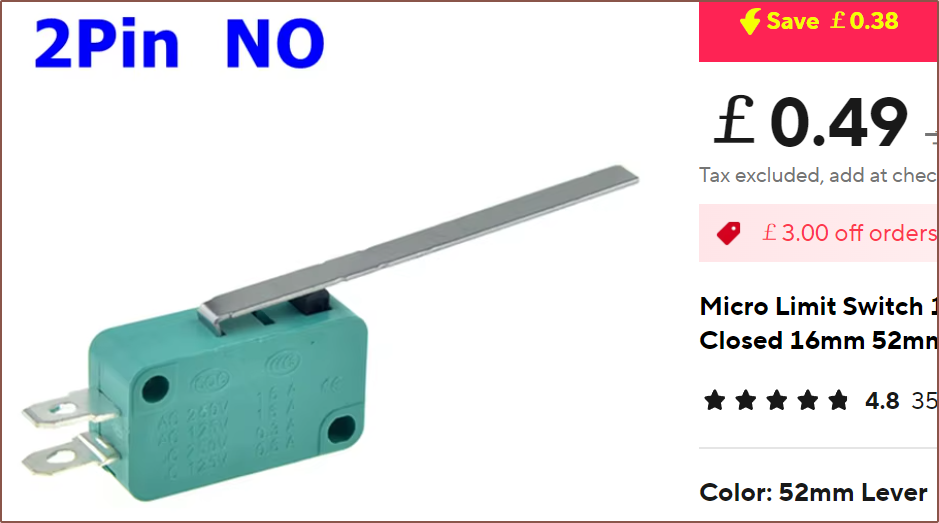
I was about to checkout, but I decided to first draw up a simple sketch in Fusion and discovered that it was going to be too big to place in the Datahand / Svalboard configuration. I tried with the smaller KW11 microswitch, which surprisingly has a similar lever width (4.5 vs 3.9mm), but it's still too large.
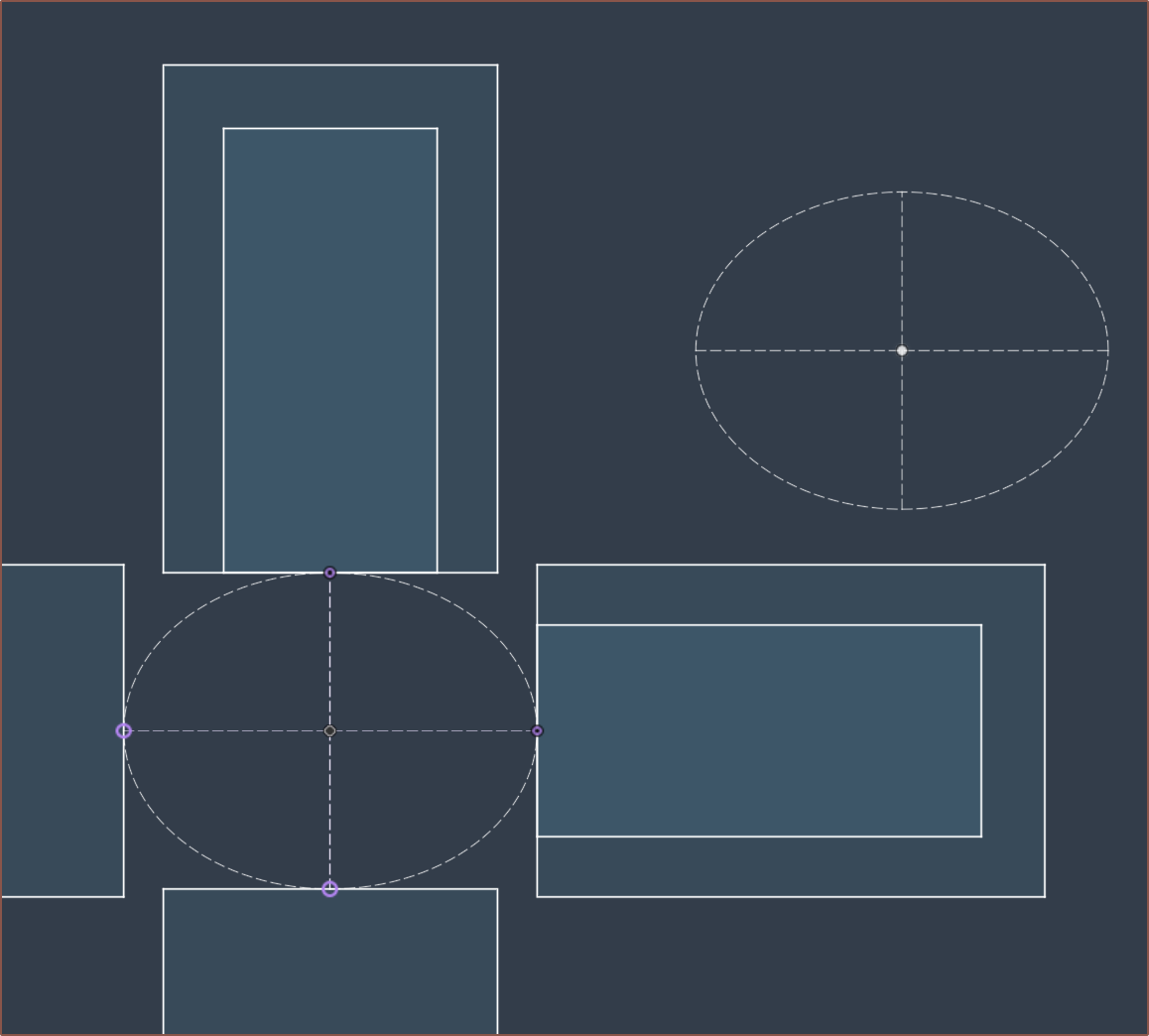
I thought this project was over, but after half a week elapsed, I had the idea of diagonal movements. For the KW11-D, they are small enough for this to work:

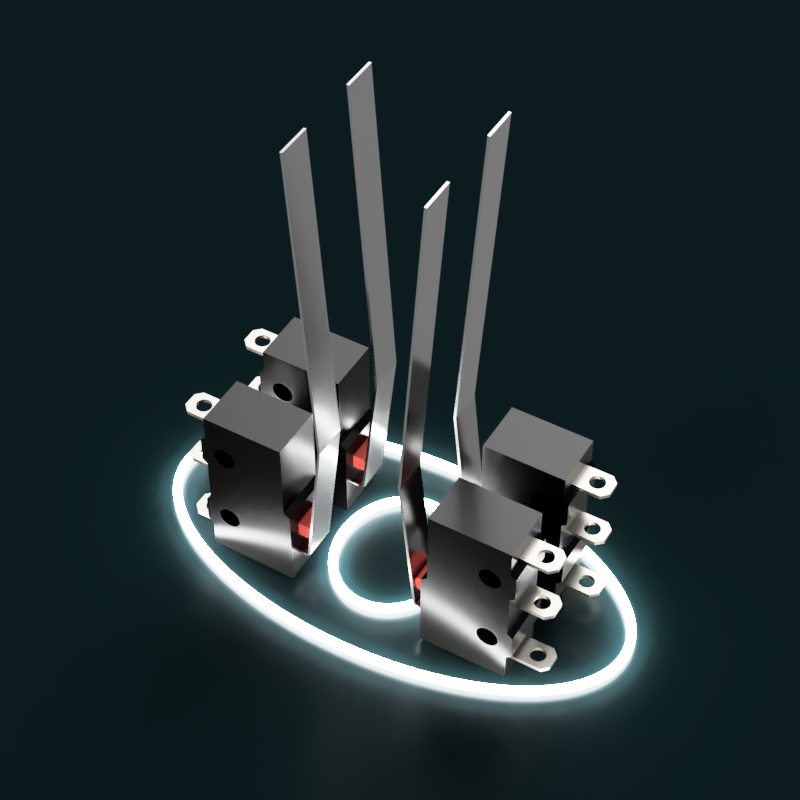
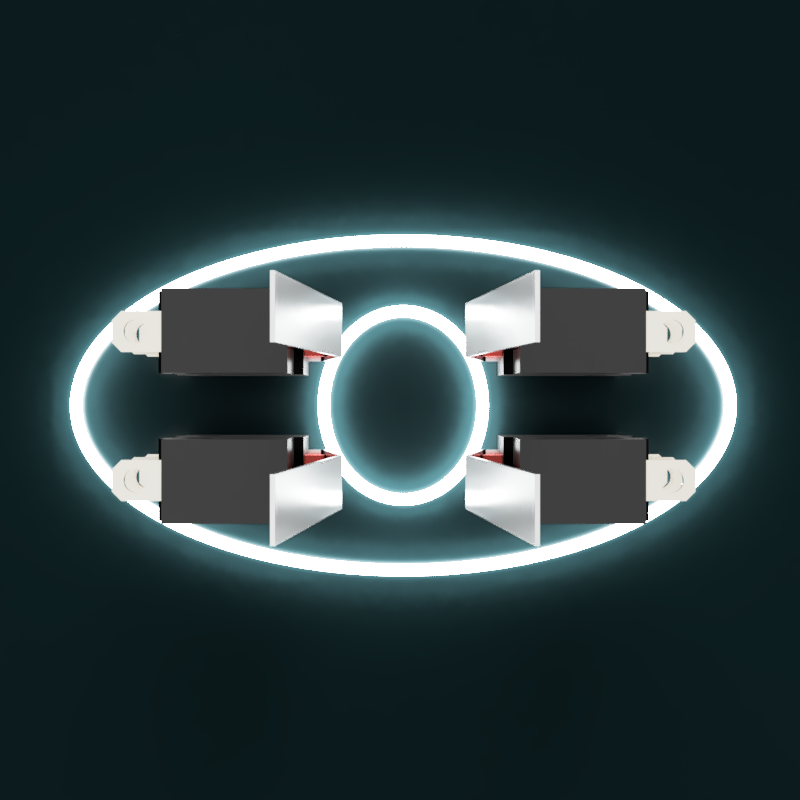
Additionally, the movements necessary are easier as they rely more on the dominant "north / south" movement than the #lalboard - Ergonomic Keyboard / Svalboard / CharaChorder that also need "east / west" movements.
I then proceeded to look all over the internet for options. The KW11 switch is the most abundant and is 18p/ea on AliExpress. Next is the KW12, the silver-contact, green variant of the KW11 at around 40p. After that are Digikey options over 50p and mouse switches that don't come with a lever at all.

I read on the internet that silver contacts are used in applications when arcing (due to high voltage) is expected. The arc cleans off the insulating tarnish of the silver, which wouldn't happen for a USB peripheral. Thus, unless I wanted to pay double for the (admittedly nice) green, I stuck with the standard KW11.
We have a [long lever microswitch] at home
I have a bag of roller-lever switches that looks very similar, and I was able to stick 3 of them together to emulate the placement of the keys and how it'll feel.
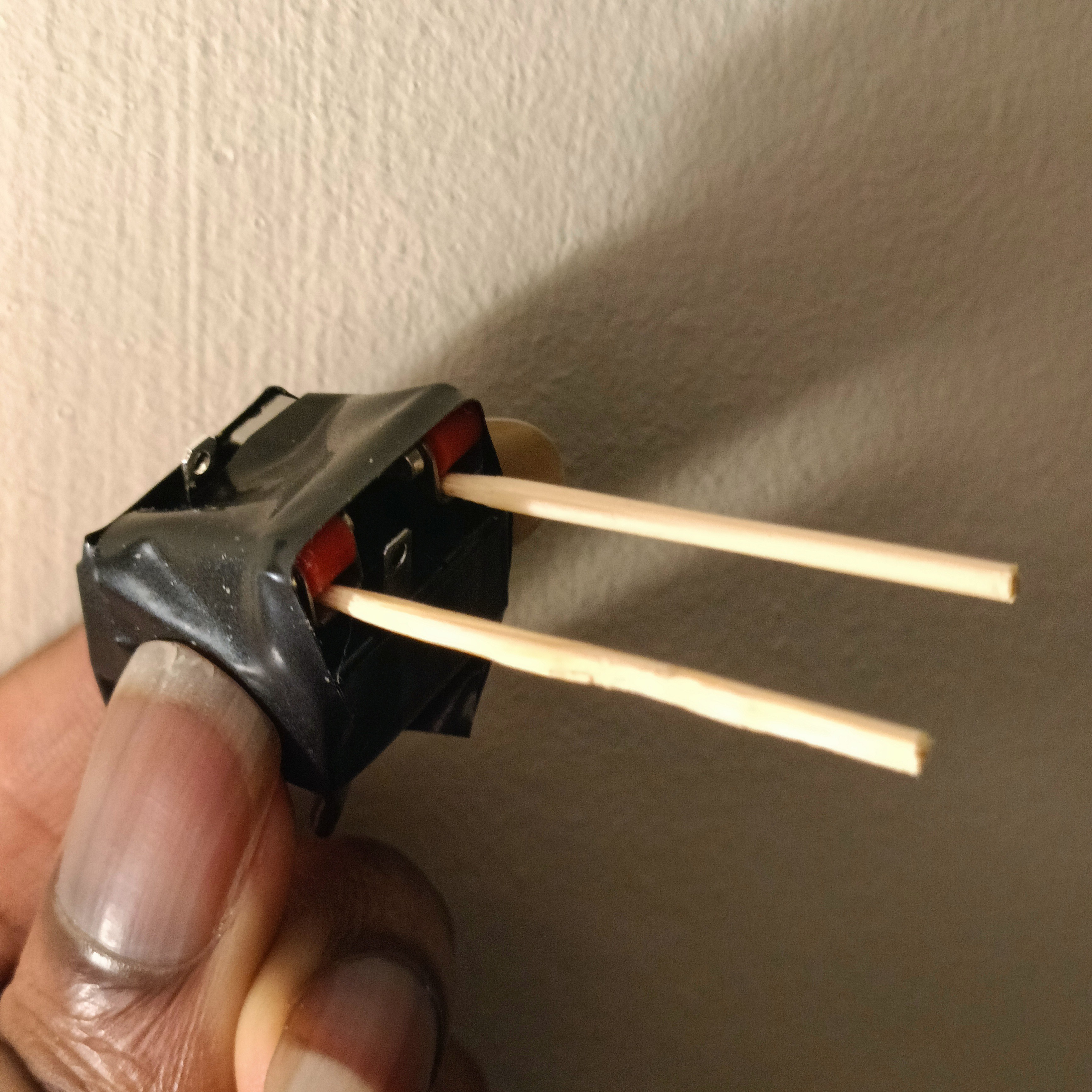
I pressed one against a scale and it was nominally 95gf. To get values more representative of the 55mm-long lever microswitches, I broke some toothpicks to length and squeezed them into the gap between the red roller and the 0.4mm thick, stainless-steel lever. The result was nominally 28gf.
Something I noticed is that the angle (between the lever and enclosure) to close the switch is smaller than the angle to open it again:
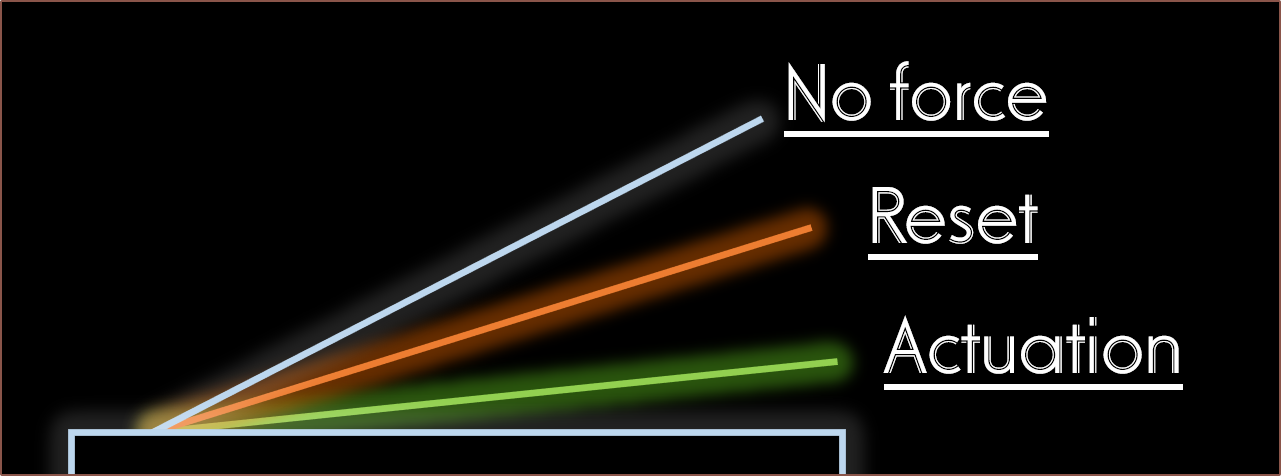
Thus, the practical linear travel distance on the end of the toothpick is over 4mm just to reach the actuation point. While it's twice as far as a standard keyboard switch, I believe it will reduce misclicks (e.g. intending to press 1 switch but accidentally pressing 2).
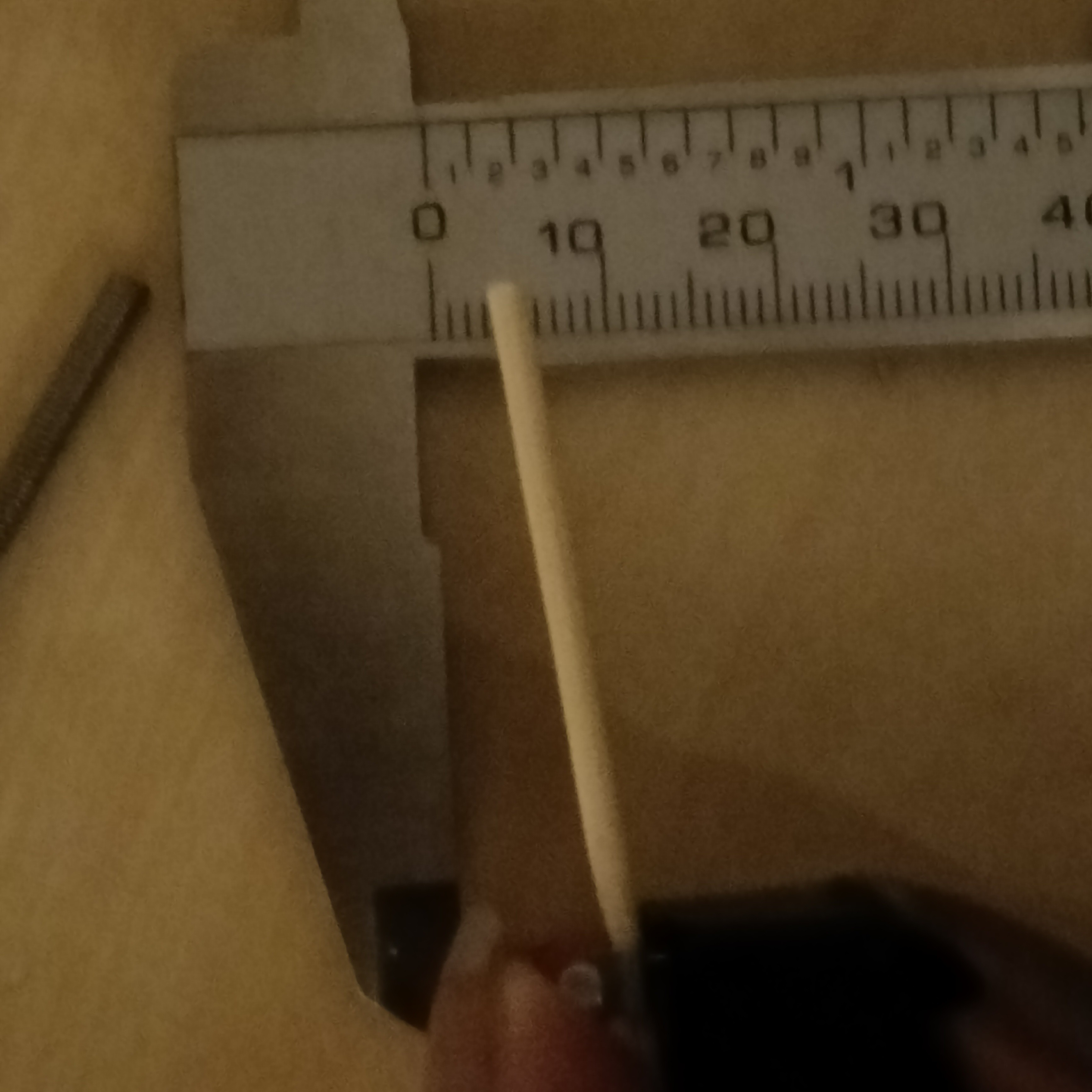
 kelvinA
kelvinA
Discussions
Become a Hackaday.io Member
Create an account to leave a comment. Already have an account? Log In.